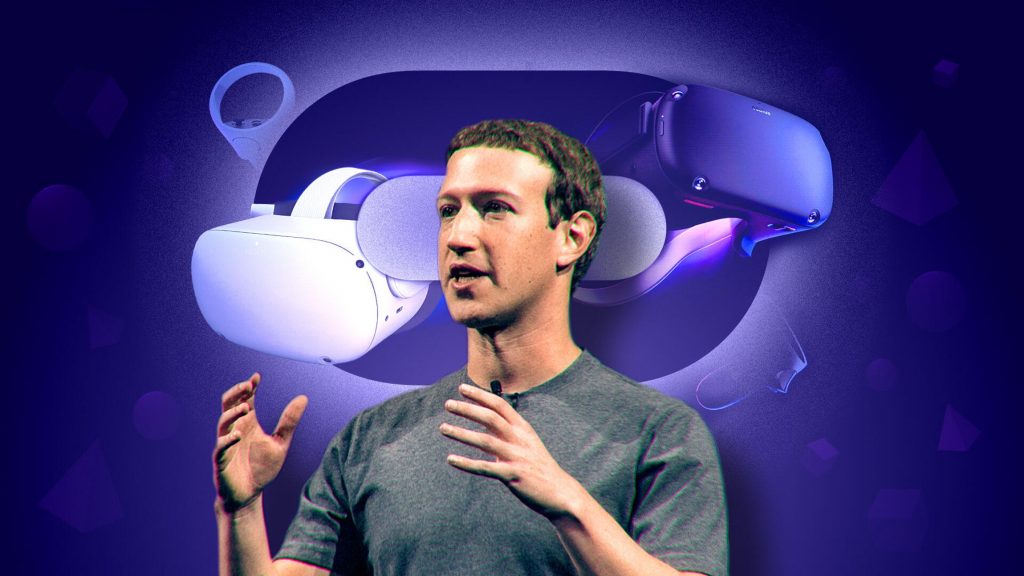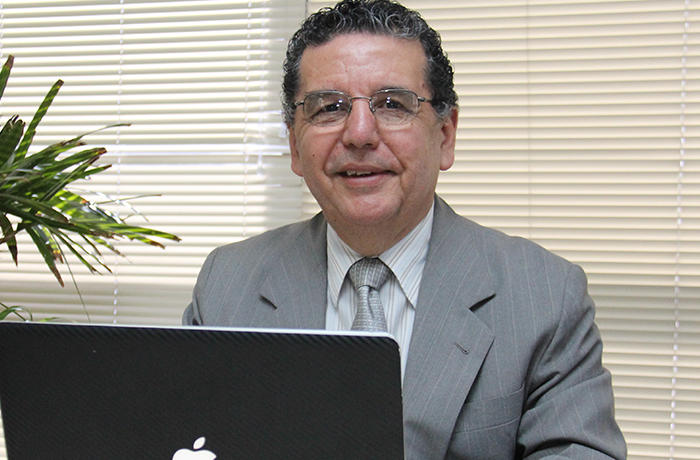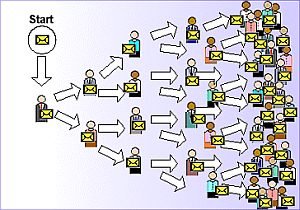Olá buscadores de resultados,
Olhando para o futuro é cada vez mais forte a perspectiva de que “é o cliente quem escolhe o canal“. Certamente o leitor já ouviu esta frase, e talvez tenha pensado que a tecnologia dará conta de criar uma experiencia perfeita para este cliente. Afinal, basta implementar aqui uma plataforma omnichannel e está tudo resolvido. Só que não!
O poder mudou de lado, está com o cliente, e mais – está descentralizado entre meios de comunicação, por exemplo, as mídias sociais. Quando o cliente diz que vai escolher o canal, é porque ele já escolheu e julgou qual canal resolve mais e qual nada resolve – o veredicto é dado através de likes, comentários e número de estrelas.
É necessário criar um modelo de gestão. É preciso investir em inteligência competitiva, que tenta deduzir o futuro a partir de pesquisas e análises de dados e fatos históricos, e assim pensar em uma nova maneira de administrar uma realidade recente de clientes cheios de propósitos.
A digitalização ajuda a resolver a questão de eficiência e custo para o mundo de hoje. No entanto, a digitalização não garante a qualidade exponencial de tantos clientes empoderados. Induzir o futuro a partir da mesma perspectiva de hoje, repetindo velhos hábitos, é um risco muito alto – às vezes não dá tempo de voltar! Por outro lado, veja por exemplo sucessos recentes de negócios: Uber, Airbnb e Mercado Livre. Os negócios são todos disruptivos!
No modelo antigo de administração do contact center, a área de atendimento garantia a qualidade do serviço prestado diretamente através da entrega de indicadores de performance, de forma centralizada com relatórios de performance, que passam pelo crivo dos gerentes antes de chegar nas mãos da direção das empresas. Geralmente o foco aqui estava no gerenciamento dos volumes de chamadas telefônicas atendidos ou emails tratados.
Assim como no Uber, por exemplo, onde a classificação dos melhores motoristas não é uma escolha da empresa, mas sim dos próprios usuários que fazem a avaliação; no contact center a reputação do serviço não está mais em nossas mãos.
Afinal, são os clientes que escolhem o canal, não é mesmo?
(English version)
Customer care service Uberization
Looking to the future is ever more strongly the view that “it is the client who chooses the channel”. Certainly the reader has heard this phrase, and maybe he thought that technology will create a perfect experience for this customer. After all, just implement here a omnichannel platform and everything is resolved. But it´s not so easy!
The power switched sides and belongs to the client – and more, is decentralized. Observe the power of social media, for exemple. When the customer says he will choose the channel, it´s because he´s already chosen and judged which channel resolves more – the verdict is given by likes, comments and number of stars.
It is necessary to creat a new management model. We must invest in competitive intelligence, which tries to deduce the future from research and analysis of historical data and facts, to create a new way to administer to recent reality filled customers with purpose.
If we think that the digital transformation is the solution of customer care service, we can fall into a serious trap. Another day, I could check in a demonstration that well illustrates this situation. It was presented to me the visual IVR on mobile phone. This solution offered the digit 9 to users, directing out to human attendant, when artificial intelligence running out of answers. That is, old paradigms.
Digitalization helps solve the issue of efficiency and cost to the world today. However, digitalization does not guarantee the quality of exponential many empowered customers. Inducing the future from the same perspective of today, repeating old habits, is a risk too high – sometimes there is no time to go back! By other hand, see for example recent successes of business: Uber, Airbnb and Mercado Livre. The new bussiness are all disruptive.
In the old model of contact center management, the guarantee of the quality of the service was provided through the delivery of key performance indicators, centralizaded in performance reports, that pass through the sieve of managers before arriving in the hands of the direction of companies . Generally the focus here was on the management of volumes of telephone calls seen or treated mail.
As well as in Uber, for example, where the classification of the best drivers is not the choice of Uber but the users themselves who make the assessment; the reputation of contact center service is no longer in our hands.
After all, they are customers who choose the channel, is not it?





















